Words to Live By
When helping a patient prepare for death, talk about life instead
- 10 minute read
- Feature

Joanne Wolfe is no stranger to situations charged with the sort of emotional intensity that would shake most of us to the core. Take, for example, the time a group of clinicians under her supervision was caring for a teenage girl who was going to die from a metastatic brain tumor. The team was desperate to discuss with the girl and her mother a potential nonresuscitation order. Without such an order, resuscitation is the default treatment, and the doctors worried that the girl could end up on a ventilator, with her mother forced to decide whether such life support should continue. So, at different times the doctors had presented the girl and her mother with the various options and had asked, “What do you want us to do?” Each time they brought the issue up, however, the girl and her mother evaded the conversation. The doctors came to Wolfe for advice.
“That’s often the way it’s done,” says Wolfe ’89, an HMS associate professor of pediatrics and director of pediatric palliative care at Boston Children’s Hospital and Dana-Farber Cancer Institute. “Doctors spell out a menu of options without any real context, and the patients are expected to simply choose what they want.”
Wolfe recommended a more oblique approach. Rather than asking the patient to make a choice, they asked her to make a list. The girl was encouraged to write down all the things that she wanted, in no particular order, from the sublime to the silly. Nothing was out of bounds.
She put together a document that Wolfe still uses to mentor physicians.
I want a hot tub, the girl wrote. I don’t want to be intubated. I want to believe in God. I don’t want chest compressions. I want to be able to walk again.
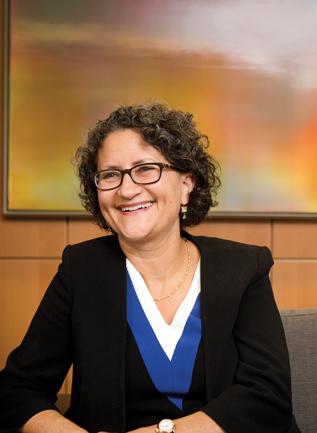
Wolfe continues to be struck by the blended goals the patient put on paper once she was given the opportunity to express herself without conditions. This allowed the girl to find her voice, and from there the decisions flowed naturally.
Eventually she died comfortably, without resuscitation, intubation, or chest compressions.
“The point,” says Wolfe, “is to allow the patient’s desires to establish a framework, and then you, as a physician, can own the responsibility for making a recommendation.”
Doctors are trained to save lives, not to inform patients that they are at the end of theirs. There is, however, a growing consensus in the medical profession that for too long end-of-life conversations have been marginalized to a few brief options that a doctor presents to a patient only after all other interventions have been exhausted. And even then, it occurs rarely. This approach is both a tragedy and source of crisis.
Physicians need to know that there are ways to have these conversations, ways that can produce effective and profound outcomes. Just as doctors are trained in the latest interventions, they need to learn how to compassionately, effectively, and honestly guide patients through their final days.
Deafening Silence
In the world of medical specialties, palliative care is a newbie. Only in 2006 was it recognized by the American Board of Medical Specialties as an official subspecialty. Although this may seem inexplicably tardy, consider that as recently as 50 years ago, doctors often withheld a terminal diagnosis from a patient. Susan Block, an HMS professor of psychiatry and medicine and co-director of the HMS Center for Palliative Care, recalls the early days of her own residency, roughly four decades ago, when physicians routinely excluded patients from end-of-life decisions. The doctor called the shots, and there was little transparency.
“This was very typical of the field,” she says. “And I was morally troubled by that.”
While this sort of paternalism is increasingly the exception, there is still no standardized approach to addressing end-of-life issues. As a result, these conversations happen too infrequently.
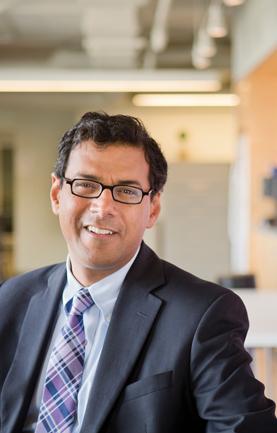
“Patients, of course, are ambivalent,” says Block, “and doctors are often too attached to the patients or too insecure about their own competencies. It becomes a collusion of silence.”
Even when the subject is broached, the conversations tend to happen late. In one study involving patients with metastatic cancer, the first conversation about end-of-life care occurred, on average, 33 days before the patient died, and three-quarters of the conversations were initiated by someone the patient had never before met.
The content of these talks tends to take the form of a data presentation: Here is the reality of your condition. Here are the options. Here are all the pros and cons of each option. Choose.
“As a palliative physician once said about me, the problem is that we’re explain-aholics,” says Atul Gawande ’94, Samuel O. Thier Professor of Surgery at Brigham and Women’s Hospital and author of the 2014 book Being Mortal. “We think that what people lack is information. But what they lack is more complicated. People have goals and priorities in their lives besides just living longer—and they want doctors who can understand that and help tune their care to those priorities.”
In other words, for physicians to effectively engage patients in end-of-life discussions, they need to fight their tendency to focus on data and instead engage patients on a fundamentally human level.
“This requires transitioning from sounding like medical retailers to being like counselors,” adds Gawande, “ones whose approach is, ‘Tell me what matters to you, and I’ll tell you which options seem best based on that.’ ”
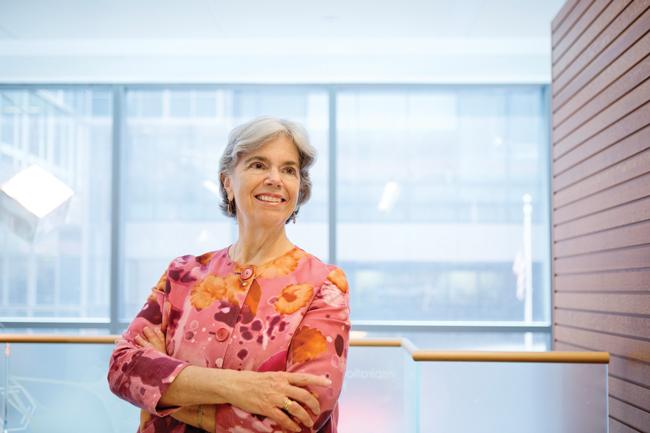
Voice Activation
There’s an irony about end-of-life conversations. When done correctly, they’re really not about the end at all. In fact, they are probably more about life than any other conversation you’ll ever have. The incongruity is not lost on many palliative-care experts.
“I don’t find that phrase helpful with most patients,” says Lachlan Forrow ’83, an HMS associate professor of medicine and director of palliative-care programs at Beth Israel Deaconess Medical Center. “Kierkegaard said, ‘Life can only be understood backwards; but it must be lived forwards.’ We don’t actually know when it is truly the end of life until someone’s died. It’s the living that’s the most important thing.”
Wolfe dispenses with “end-of-life” altogether and instead uses “goals of care.”
And according to Block, the conversations aren’t about dying at all. “These conversations are about goals and quality of life—issues that are meaningful to patients.”
The approach taken by Wolfe and her colleagues when talking with a child’s family illustrates Block’s point:
Tell us about your child as a person. What is she like, and how has that changed since she’s become ill?
Tell us your understanding of your child’s illness.
What is most important to you and your child?
What are your hopes?
What are your worries?
During difficult times, what gives you strength?
“These kinds of questions help you adapt your approach to the language and values of the family,” says Wolfe.
Angelo Volandes, an HMS assistant professor of medicine at Massachusetts General Hospital and author of the 2015 book The Conversation, begins these conversations gently.
“I ask, ‘What’s a good day in your life like? Tell me about a happy day.’ I get rid of all the medical language. I get rid of any disease language or prognosis. I try to get rid of any framework of Western medical technology and simply have them tell me what a good day looks like to them.”
Speak for Yourself
If the medical field has suffered from a lack of training, incentives, and guidelines concerning such conversations, Block and Gawande are working to change that. For five years they have been working with others to develop and test what Block calls a “serious-illness care program.” It is both a program for improving physicians’ skills in communicating and planning with patients who have serious illnesses and a support system to ensure that patients who would benefit from these conversations have them.
The program begins with a simple step. A doctor looks over her patient list and for each individual asks herself one question: If this person were to die within a year, would I be surprised? If the answer is no, then it’s time to have a conversation.
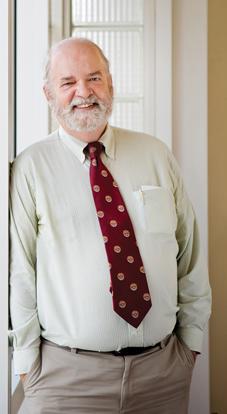
The physician, together with others in the program, then receives a two-and-a-half hour training program based on a seven-question guide to what Block calls “patient-centered conversations about serious-illness care goals.” Patients are also told in advance that the physician caring for them is going to initiate this conversation and are instructed in how to prepare for it.
Once the conversation is complete, the doctor documents it in the patient’s electronic medical record, so that any physician in the patient’s care continuum can access it.
A clinical trial evaluating the program’s effectiveness is ongoing, and preliminary analysis is encouraging, says Block, suggesting that doctors involved in this program have these conversations earlier and more often than other doctors, and that patients are indeed experiencing better quality of life.
Training Tapes
Volandes is also developing an educational curriculum, but he is tackling the problem from a different angle. Rather than training doctors, he’s training patients.
Volandes and his colleagues have created nearly 100 videos in ten languages that offer patients advice on how to “explore goals of care” with their physicians. Other videos describe many of the aggressive medical interventions about which patients with life-threatening diseases are often asked to make decisions. The videos provide concrete demonstrations of how these interventions might affect the patients’ daily lives.
“This is really a re-envisioning of the patient-doctor relationship,” says Volandes.
So far, more than 200 health care systems, hospitals, hospices, and clinics have made these videos available, including Mass General. A study at the hospital, authored by Volandes and colleagues and published this year in the Journal of General Internal Medicine, showed that only 43 percent of seriously ill patients have a goals-of-care conversation with their physicians. When patients viewed the videos that number rose to 81 percent.
The study also found that, in general, about 22 percent of seriously ill patients receive some sort of unwanted intervention. But for patients who have been given access to the videos, that percentage was four.
“If we give patients more knowledge,” Volandes says, “we can radically change what happens in health care. Now we have data to show that you can actually budge the needle if you empower patients.”
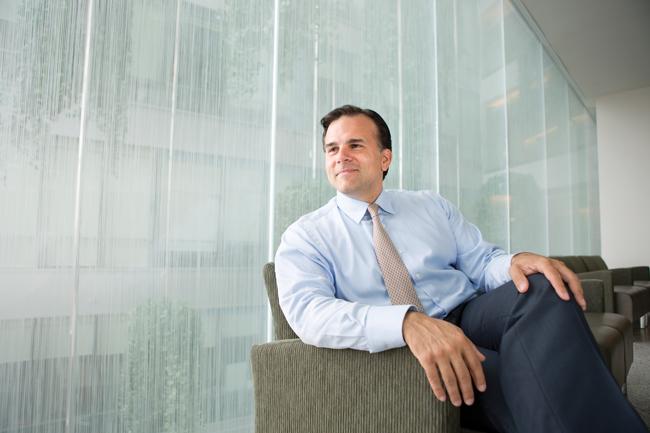
The Human Condition
If, ultimately, end-of-life conversations are less about death and more a focus on life itself, then working in this field is not so much about perfecting medical interventions as it is about perfecting being human—an insight so simple it’s radical.
This awareness was driven home to Block a few years back when she went to a parent-teacher night at her son’s high school. That day had been particularly brutal for her, heartbreaking and poignant, and she was barely keeping it together. At some point, a father of another student approached her and asked, “How was your day?” She burst into tears. The man, no doubt, was a bit shocked, but Block didn’t hold back and told him everything that had happened. When she finished, the man, who worked in finance, looked at her and said, “I would give anything to have a day as close to what it means to be a human being as you’ve just had.”
David Cameron is the director of science communications in the HMS Office of Communications and External Relations.
Images: Mattias Paludi (top); John Soares